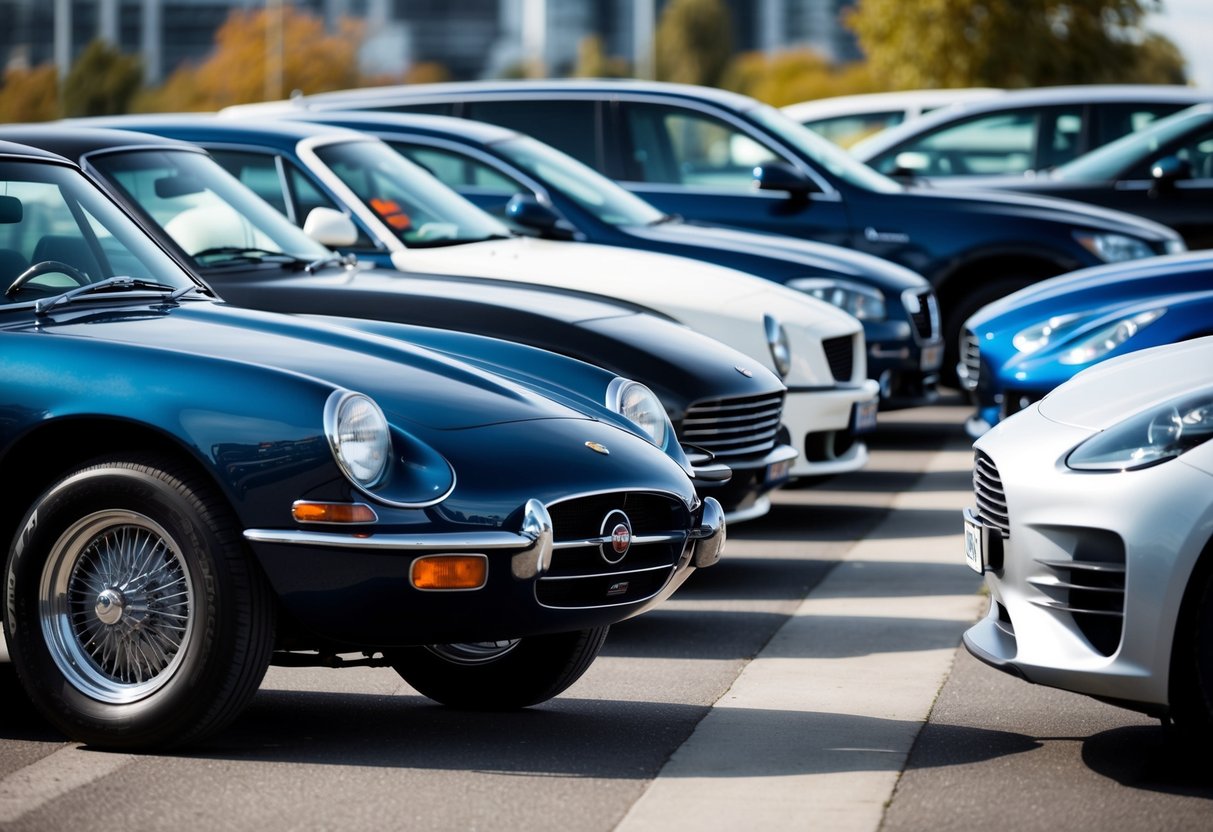
The Prowess of Design Leaders in Retro Revival
Design leaders have played a crucial role in bringing the essence of classic car aesthetics into modern automobile design. Their ability to harness nostalgia while implementing contemporary technological advancements highlights their significant influence.
Bob Lutz’s Vision and Legacy
Bob Lutz, an influential figure in the automotive industry, had a profound impact on the retro revival movement. His ambitious vision redefined aesthetics, blending vintage charm with modern engineering. Under his leadership, companies embraced retro styling, evident in creations like the Plymouth Prowler. By championing bold designs, Lutz facilitated a return to a more expressive automotive era.
His legacy is marked by a daring approach to design, encouraging automakers to take risks with unconventional ideas. Lutz’s impact goes beyond mere appearances, affecting the industry’s strategic development. He inspired teams not only to craft but also to innovate, pushing boundaries while celebrating the past’s timeless appeal.
The Design Philosophy of Chrysler
Chrysler has been pivotal in the retro revival trend, spearheaded by memorable models like the Chrysler PT Cruiser. Their design philosophy expertly captures the nostalgia of mid-20th-century Americana while incorporating practical, modern features. Chrysler’s designers skillfully balance innovation with tradition, establishing a unique identity in a competitive market.
The PT Cruiser, with its distinctive silhouette, serves as a prime example of Chrysler’s commitment to this philosophy. By drawing inspiration from classic cars, Chrysler maintains a connection to the past while catering to today’s demands. This approach not only preserves heritage but also fuels consumer interest, allowing for timeless designs with widespread appeal.
Driving the Future: Retro-Inspired Concept Cars
Concept cars with retro influences showcase how classic designs shape today’s automotive landscape. They often blend nostalgia with cutting-edge technology, paving the way for future production models while paying homage to revered designs like the Shelby Cobra.
How Concepts Influence Production Models
Retro-inspired concept cars often serve as blueprints for future production vehicles. Manufacturers may use them to gauge public interest, experimenting with old design elements like round headlights, chrome trims, or tail fins. These concepts highlight that traditional aesthetics can merge with modern engineering innovations.
Concept cars can spark significant consumer excitement, influencing long-term brand strategy. Once the positive feedback is gathered, elements from the world of concept design may gradually start appearing in production models.
The Shelby Cobra as a Design Benchmark
The Shelby Cobra stands as a quintessential example of a design that continues to influence contemporary concept cars. Revered for its sleek lines and powerful performance, its elements often find their way into modern concepts. Car makers frequently draw on its bold character, incorporating similar styling cues in their prototypes.
Manufacturers seek to capture the Shelby Cobra’s essence by integrating its aggressive stance and minimalist flair into new designs. This integration is sometimes achieved through the delicate balancing of retro aspects with state-of-the-art technology, maintaining the spirit of the original while addressing present-day demands and safety standards.
Restomods: Blending Old with New
Restomods represent a fascinating automotive trend where timeless car designs meet modern technology. This innovative approach combines authentic styling with improved performance and reliability to create unique driving experiences.
The Craft of Modernizing Classics
Restomods combine original classic car designs with contemporary engineering. Enthusiasts and experts replace or upgrade the vehicle’s engine, suspension, and interior with modern components. This approach enhances safety, drivability, and comfort.
For instance, a classic Ford Thunderbird might receive a new powertrain while maintaining its iconic exterior. Skilled craftsmanship is essential to ensure that upgrades respect the original design. Digital tools and computer-aided design often play a role, allowing for precise fitting of new components. This delicate balance of old meets new attracts a dedicated fan base.
Popular Restomod Models
Several classic models are popular choices for restomods, offering a blend of nostalgia and modern convenience. The Ford Thunderbird, with its sleek lines, is regularly seen in restomod projects. Enthusiasts appreciate the opportunity to marry its vintage appeal with cutting-edge technology.
Another popular model, though less common due to its already modern roots, is the Dodge Viper. When a Viper receives a restomod treatment, modifications might focus on enhancing its already powerful performance while giving a nod to its muscle car heritage. These projects often attract significant attention at car shows and auctions, reflecting the growing interest in this unique automotive craft.



